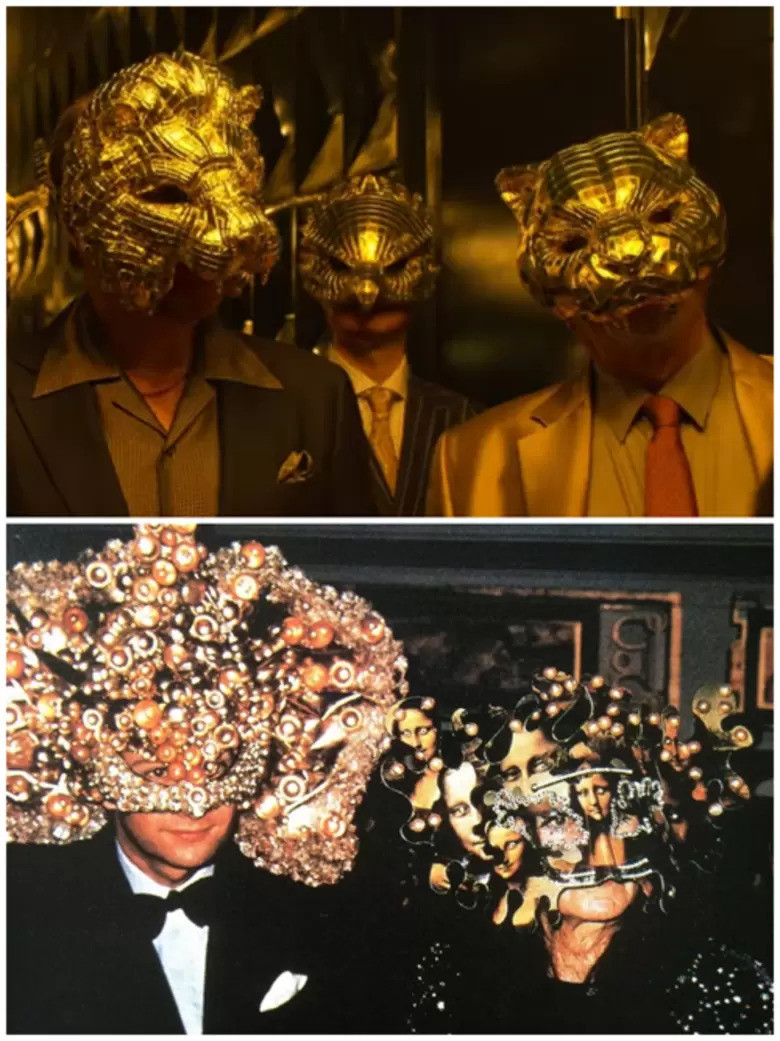7 Art References Hidden in Squid Game You Might Have Missed
Spot the hidden nods to iconic art and architecture.
Magazine Desk |
January 24, 2025
From its shocking storyline to its captivating visuals, Squid Game has undeniably become a cultural phenomenon. The hit Korean series stands out not only for its socio-political commentary but also for its stunning artistic inspirations.
Directors and filmmakers often incorporate art, architecture, and pop culture into their scenes to enrich storytelling, evoke emotions, and create unforgettable visuals. Squid Game is no exception, with its meticulously crafted scenes paying homage to some of history's most iconic artworks and designs.
Here’s a deep dive into seven art references that give the show its unique aesthetic and symbolic depth.
1. Relativity by M.C. Escher
One of the most memorable sets in Squid Game is the staircase maze that players use to navigate between challenges. This visually disor
The work: M.C. Escher’s Relativity is renowned for its exploration of geometry and perspective. The figures in the artwork wander an illogical world, echoing existential themes and symbolising the cyclical struggles of life.
2. The Rothschild Surrealist Ball
The extravagant party sc
The event: Held at Château Ferrières in France, the Rothschild Surrealist Ball is infamous for its opulence, featuring masked attendees and feline-dressed staff. The event continues to inspire conspiracy theories and cultural discussions about elite excess.
3. La Muralla Roja by Ricardo Bofill
The vibrant colours and geometric designs of the staircase maze draw heavy inspiration from
The work: Built on a cliffside, La Muralla Roja pays homage to traditional kasbahs in Morocco. Its bold colours and maze-like structure make it a visual masterpiece, blending aesthetic appeal with cultural heritage.
4. The Scream by Edvard Munch
The despair and anxiety that permeate
The work: Painted in 1893, The Scream embodies human despair and existential dread. The distorted background and reddish hues amplify the emotions of fear and anxiety, making it a timeless Expressionist masterpiece.
5. The Dinner Party by Judy Chicago
The series’ chill
The work: Created in 1979, The Dinner Party celebrates 39 historical women with personalised place settings, honouring their contributions to history. The artwork also features 999 additional women’s names inscribed on the porcelain base, making it a groundbreaking feminist installation.
6. Hegel's Holiday by René Magritte
The Dalgona candy challenge in Squid Game echoes Magritte&rsq
About the work: Magritte’s painting challenges viewers with visual oxymorons, creating thought-provoking contrasts. The umbrella, typically used to repel water, supports a glass of water, making the ordinary extraordinary.
7. The Empire of Light by René Magritte
About the work: The Empire of Light contrasts a serene daytime sky with a shadowy nightscape below, creating a hauntingly beautiful paradox. This surrealist piece influenced other cultural works, including William Friedkin’s The Exorcist.
Squid Game’s visual brilliance goes beyond its shocking plot twists. The deliberate integration of art, architecture, and cultural references enriches its storytelling, creating layers of meaning that resonate with viewers worldwide.
By weaving these artistic elements into its fabric, the series becomes a tapestry of visual and thematic depth, inviting audiences to interpret its symbolism on multiple levels.
Load Next Story
